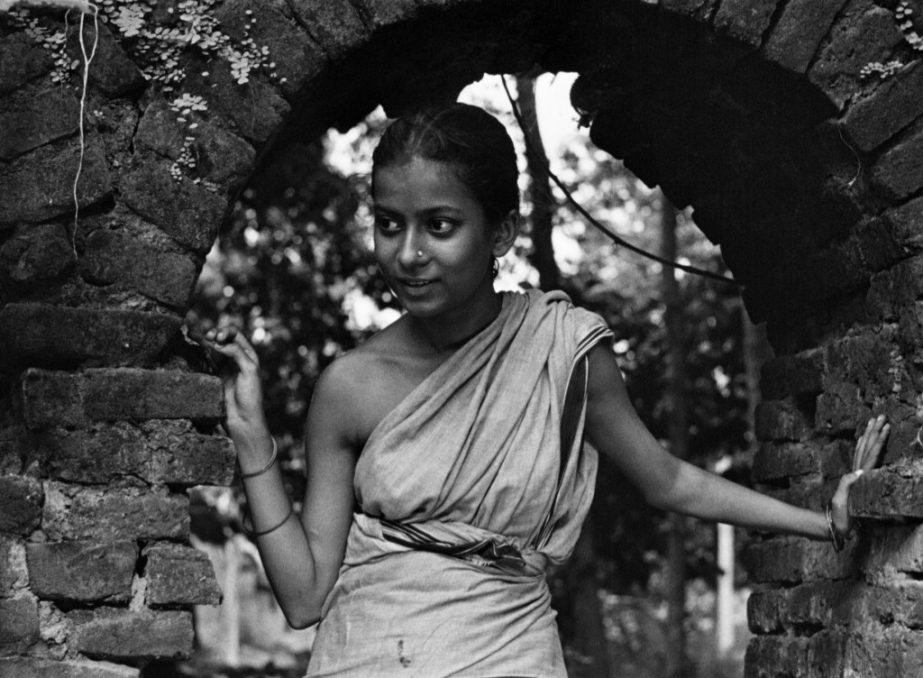
Sheikh Arif Bulbon : 60 years ago, a film about a family settled in rural Bengal released in India. The director was new, the cast was unheard of, but the film went on to create history not just in India but world as well. Satyajit Ray’s Pather Panchali, considered one of the greatest films of all time released in Bengal on August 26, 1955- exactly 60 years back. Hailed as one of the masterpieces of modern cinema worldwide, the film marked the debut of not only the director but also its lead cast who gained world recognition with the film and could not replicate the same stardom after this film. Based on Bibhutibhushan Bandyopadhyay’s 1929 Bengali novel of the same name, the film featured actors Subir Banerjee as Apu, Kanu Banerjee, Karuna Banerjee and Uma Dasgupta as Durga. Rated as one of the best 100 films of all time by the Time Magazine in 2005, the film is the first film of Ray’s Apu Trilogy. On its 60th Anniversary, here are some lesser-known facts about the classic that changed the way world perceives Indian cinema. The film never had a complete screenplay. The cast took most of their cues from Ray’s drawings and notes. The film was made on a shoestring budget. Satyajit Ray had to sell some of his beloved LPs as well as his life insurance policy and his wife Bijoya Ray had to pawn her jewellery. Several young boys were auditioned for the role of Apu but Ray was not satisfied with the results. His wife Bijoya spotted child actor Subir Banerjee playing on the neighbour’s terrace and suggested his name to her husband. Apparently, Banerjee’s father was not to keen to allow his son to act in a film. But Ray told him, “Today, no one knows your son or me. But I’ll make a film that will change Bengali cinema. Then, all of Bengal will know both of us.” As author Bibhutibhushan Bandyopadhyay had passed way long before the inception of the film, Satyajit Ray had to get permission to make the film from his widow. Legend has it that on the first day of shooting, Satyajit Ray had never directed a scene, his cameraman Subrata Mitra had never photographed one and none of his child actors had even been screentested for their roles. This film was shot piece wise over five years; often, production was halted due to lack of funds. Eventually, the West Bengal Government provided enough money for Satyajit Ray to complete the film. Cinematographer Subrata Mitra was originally a stills photographer whose work Ray had admired. Mitra learned his craft on photographing for films by borrowing a 16mm camera. Boral, a village near Kolkata, was selected in early 1953 as the main location for principal photography, and night scenes were shot in-studio. The soundtrack of the film was composed by the veteran sitar player Ravi Shankar, who was at an early stage of his career, having debuted in 1939. Bidhan Chandra Roy, the then Chief Minister of West Bengal, India was requested by Ray’s mother’s friend to help the production. The Chief Minister agreed but interestingly, many in the West Bengal government misunderstood the nature of the film, believing it to be a documentary for rural upliftment. The government records documented the loan given for the film as ‘roads improvement,’ a reference to the film’s title. Roy, later invited then then Prime Minister of India, Pandit Jawaharlal Nehru for a screening of the film. Needless to say, Nehru was impressed with the film and recommended it to be sent to Cannes Film Festival that year. While many officials were apprehensive to send a film that highlighted poverty of India to an international film festival, the film still went to Cannes on Nehru’s personal recommendation. Pather Panchali was subsequently named Best Human Document at the festival. A rough cut was seen by John Huston who brought the film to the attention of Hollywood. Basically Pother Panchali was the first film made in independent India to receive major critical attention internationally, placing India on the world cinema map.

